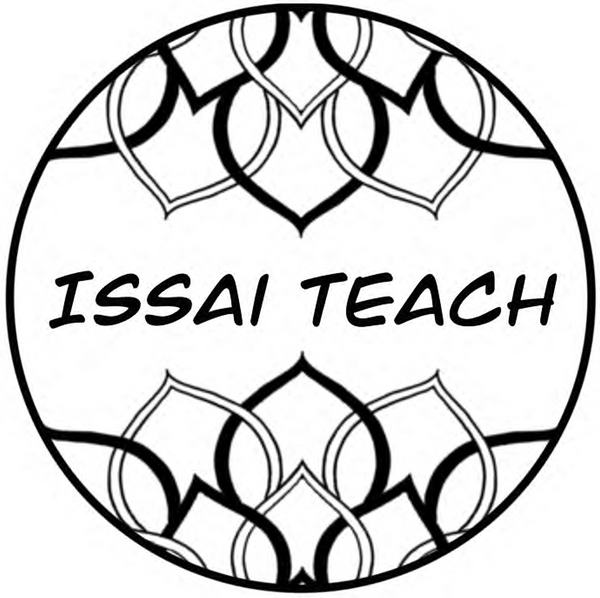The History and Evolution of Mauritian Creole

Mauritian Creole, often referred to as "Kreol Morisyen or Morisyen" is a vibrant and essential part of Mauritius' cultural and linguistic landscape. Its history is a fascinating journey that mirrors the island's own development, influenced by various cultures and peoples. Understanding the evolution of Mauritian Creole provides insight into the rich tapestry of Mauritian identity.
A colourful necessity
The origins of Mauritian Creole date back to the early 18th century when Mauritius was a French colony. During this period, the island's population was composed of French settlers and enslaved Africans brought from various regions, primarily from East Africa and Madagascar. Communication between the settlers and the enslaved people was challenging due to the diversity of languages spoken. This need for a common language gave birth to Mauritian Creole, which emerged as a lingua franca.
Linguistic Influences
Mauritian Creole primarily draws its lexicon from French, but it is also influenced by several other languages, reflecting the island's multicultural heritage. These influences include:
African Languages: The syntax and certain vocabulary elements are influenced by African languages, particularly those spoken by the enslaved population.
Malay and Malagasy: The language of indentured laborers from Madagascar and Southeast Asia contributed words and structural elements.
Indian Languages: Hindi, Bhojpuri, and Tamil from Indian indentured laborers have also left their mark on the language.
English: As Mauritius became a British colony in the early 19th century, English began to influence Mauritian Creole, especially in terms of vocabulary.
A Continuous Evolution
Throughout the 19th and 20th centuries, Mauritian Creole continued to evolve. The abolition of slavery in 1835 and the subsequent arrival of indentured laborers from India introduced new linguistic elements. The British colonial period saw the introduction of English, adding another layer of complexity to the linguistic mix.
In the post-independence era, Mauritian Creole solidified its role as the language of everyday communication among the diverse Mauritian population. Despite the official languages being English and French, Creole remains the most widely spoken language at home and in informal settings.
Moving to standardisation and Modern Usage
In recent years, there has been a growing movement towards the standardszation and formal recognition of Mauritian Creole. Efforts have been made to develop a standardised orthography and grammar to support its use in education and literature. The publication of dictionaries and educational materials in Creole has helped promote literacy in the language.
Today, Mauritian Creole is not just a means of communication but also a symbol of national identity and unity. It is used in music, literature, media, and even in political discourse. The language continues to adapt, incorporating new words and expressions, reflecting the dynamic nature of Mauritian society.
The history and evolution of Mauritian Creole is a testament to the island's diverse and multicultural heritage. From its origins as a bridge between enslaved Africans and French settlers to its current status as a unifying national language, Creole has played a crucial role in shaping Mauritian identity. As Mauritius continues to develop and modernise, Mauritian Creole remains a living, evolving testament to the island's rich history and vibrant culture.
